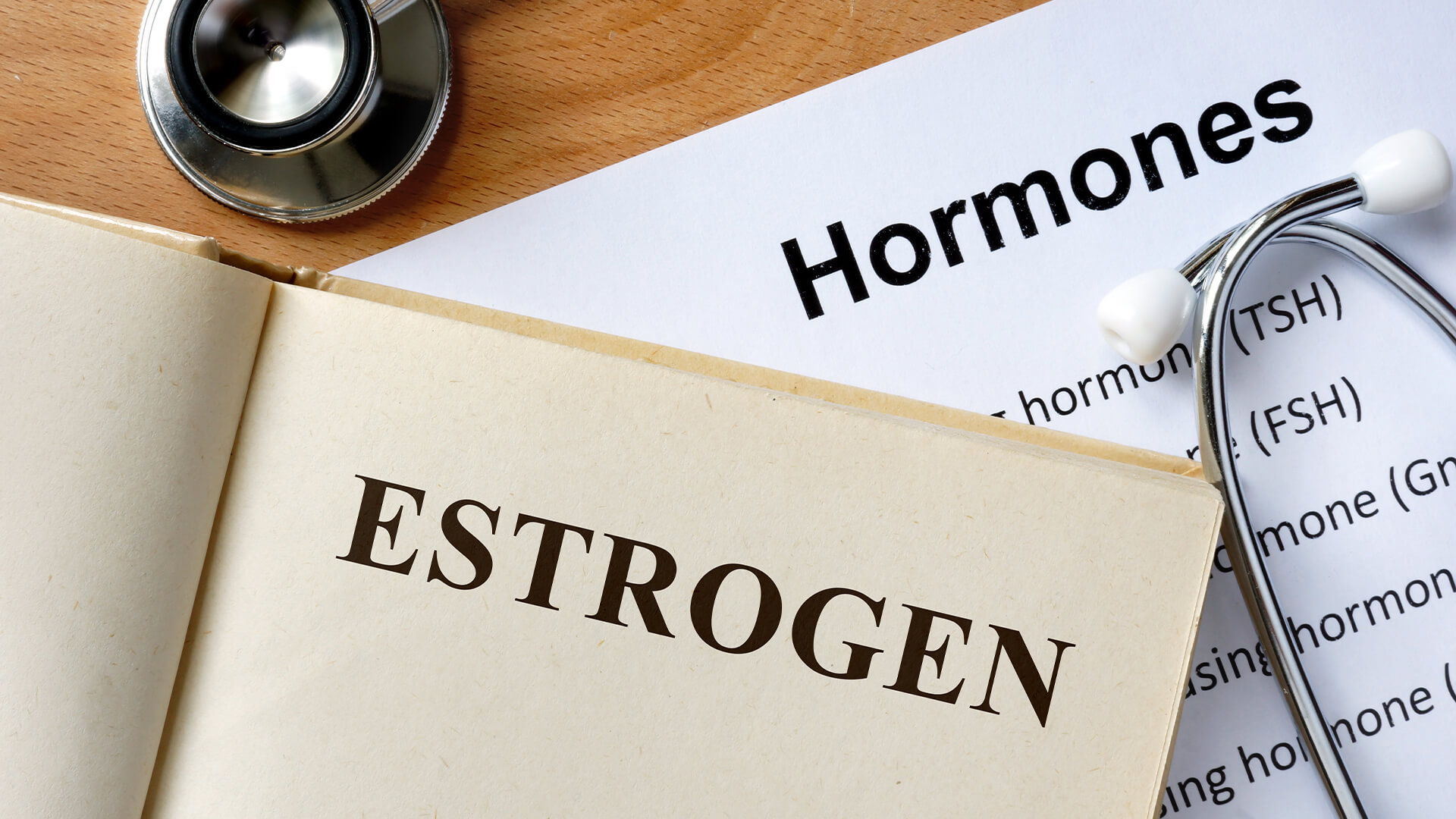
Female hormones act like gatekeepers regulating signals throughout the body. Hormones regulate a variety of activities including growth, development, reproduction, energy use, storage, and electrolyte balance. They are messengers exchanging signals from one cell to another, carried around our body by our circulatory system. Hormones are vital for our bodies function, which is why it is essential that they are kept balanced. There are 5 hormones every woman needs to know about – irisin, estrogen, testosterone, cortisol, and melatonin. We spoke to Joanna Dase, fitness expert at Curves International who explains more, as well as the role of exercise in maintaining a healthy hormonal balance.
1. Irisin
Irisin is commonly known as the exercise hormone- it is released during moderate aerobic endurance activity, when your cardiorespiratory system is engaged, and your muscles are exerted. Irisin can help us maintain a healthy body mass, improve our cognitive function, and slow the ageing process. Sessions of moderate intense activity can increase irisin levels in women by up to 12%. Resistance training, strength training, HIIT and stretching can induce the most irisin, I recommend doing a full body, 30-minute workout every day to achieve this.
2. Estrogen
Estrogen regulates reproduction, bone elongation, our cognitive processes such as our attention and our memory. It is produced in the fat tissue and is responsible for the distribution of fat around our body. It helps us retain water around our joints and keeps collagen synthesis high. The most effective way to keep estrogen levels in balance is to monitor our body mass. Overall, keeping fit and active has many benefits such as improving cardiovascular fitness, estrogen metabolism and protect against breast cancer, a disease associated with high estrogen levels, among other factors.
3. Cortisol
Cortisol is often referred to as the stress hormone. This is because cortisol production increases under severe psychophysical stressful conditions. What can be done if our cortisol levels are high? Although many factors influence our bodies hormonal balance, one of the best ways to regulate cortisol levels is through consistent, regular exercise. Signs your cortisol levels might be off include hair loss, intense flushed skin, osteoporosis, and menstrual cycle irregularities. Always speak to your GP who can offer you a blood test to tell you what’s up.
4. Testosterone
Although we typically think of testosterone as a male hormone, it is naturally found in women’s bodies. Testosterone plays an important part in muscle growth, repair of a woman’s reproductive tissues and in circulation. Women may be concerned that strength training may make them more muscular, however they typically have a lot less testosterone in their body than men, so strength training will only make them add lean body mass and change body composition successfully. Full body large muscle mass movements are a great way to maintain mobility and core strength.
5. Melatonin
Your pineal gland produces melatonin, a hormone that helps you sleep. When darkness falls, your brain ramps up melatonin production to prepare for bedtime. Blue light exposure like that from computers and mobile screens can upset your natural sleep patterns and disrupt sleep quality. Physical activity may increase melatonin levels, resulting in decreased estrogen production, improved fat metabolism, and reduced cancer risk. That’s why the optimum time to exercise is in the morning to energise you for the day ahead, as opposed to working out in the evening before bedtime, where you are meant to be in a relaxed state.



















